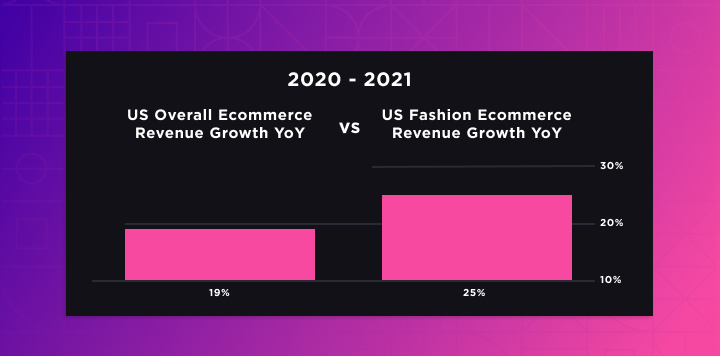
Your smartphone, your tablet, your everything – the internet now goes with you wherever you go. Mobile internet is everywhere. There is free Wi-Fi in almost every coffee shop or shopping centre – and South Bank boasts internet in such lofty places as the National Theatre.
The truth of the matter is that we’re living in a mobile internet age. But what are the most important trends and statistics – and what should you do with your site in order to stay relevant?
Let’s Look At The Stats
Mary Meeker of Kleiner Perkins Caufield Byers said that mobile will “overtake fixed internet access by 2014”. That’s quite a bold prediction. It’s certainly looking like it will become that way eventually, with the trends suggesting a decline in internet use from ‘traditional’ devices like laptops and desktops.
The stats don’t lie, according to Smart Insights, who provide data suggesting that between Q1 of 2012 and Q1 of 2013 traditional device use shrank by around 10% – falling from 88.62% in Q1 2012 to 78.99% in Q1 2013. That’s an amazing drop, so there’s no reason to think that Mary Meeker’s bold prediction won’t come true.
The data from Smart Insights presented by Danyl Bosomworth includes breakdowns of individual devices, and concludes that “In Q1 2013 tablets exceeded traditional desktop devices for conversion rates for the first time suggesting people are increasingly comfortable with the experience of buying on tablets”.
This shows that people not only surf the net, but also buy on mobile devices. This is a significant trend, and one that will be important for those looking to keep their eCommerce sites relevant in the future.
The stats don’t lie – you’ll probably need a mobile website if you’re doing any kind of eCommerce (which would then become mCommerce) as people are using tablets and mobile devices to buy goods much, much more.
If You Don’t Do eCommerce, Do You Need A Mobile Website?
When you’re thinking about web design, mobile sites are usually considered something of an afterthought. It’s a secondary consideration. If people can view your site on their mobile devices and you don’t do eCommerce it’s possible you might just settle for that classic clunky view of a non-mobile site on mobile device.
Well, maybe you shouldn’t. We’ve already looked at eCommerce trends, it’s clear that they will need to be going where the conversions are so what about other types of sites?
The bottom line is you only need a mobile site if it’s going to benefit your business. Johan Johansson writes in Pixelmade citing collated data from Google’s Think Insights and yields some interesting information. An important point is that 1 in 3 websites on a smartphone have ‘local intent’. Johansson describes local intent thusly “’Local intent’ means Google believes the searcher’s intentions are to make a purchase offline.”
This would suggest that the following types of business would greatly benefit from a mobile site;
- Restaurants – A significant amount, 51% of smartphone users, search for restaurants. This means that if you run a restaurant and don’t have a mobile site you’re not serving a big section of your audience with a website designed specifically for them.
- Travel Information – According to the data 31% of smartphone users search for local travel information. This includes hotels, bed and breakfasts or car rentals. These kinds of businesses clearly need a well-optimised mobile site to make the most of the search traffic.
- Retailers – Many people, 54%, search for retailers in order to make a purchase offline. This data suggests that if you’re a retailer and don’t offer eCommerce or mCommerce then you can still clearly benefit from a good mobile site.
The data presented by Johansson makes for quite compelling reading. There are many other businesses he determines will need to “make mobile a priority”. These include “financial service providers and finance related websites” in addition to “news providers, blogs and magazines”.
When all is said and done many businesses need to take advantage of the data and get established before mobile takes over fixed internet access. The bottom line is if you want to make the most of the traffic that mobile internet has you need a mobile website.
Application Development
It’s possible that your website won’t necessarily need a separate mobile website, but could benefit from an app. App design is one of the best ways to keep your audience in their pocket, which is really what they demand in terms of accessibility. With an app, a user can get to your services within a few presses of a button.
Of course, you’ll need to be able to provide some good functionality if you opt for an app. For example, restaurants could use a booking function as could a hotel. Of course it does depend on your target audience and how they behave online.
Christina Warren wrote in Mashable earlier this year to answer the following question – “Is it worth it for me to have a mobile app (or should I just have a responsive site)? How do I know whether I’m getting bang for my buck?”.
She went on to answer;
“Start with a mobile friendly site and make sure that it is frequently updated to be fast, efficient and work well on multiple devices. Then, factor out how many sales will need to take place each month through a native app to pay for its development. If that seems feasible, building a native app to offer alongside the responsive experience is a great idea.”
Apps can be great, but there’s no point in creating one if it’s not going to be used frequently when you could more easily use responsive design to make sure your site is displayed and functions properly on a mobile device.
Apps, generally speaking, are for bigger businesses that are already performing well on their mobile site and generating conversions.
Device Use & The Mobile Shift
Mary Meeker’s rather grand prediction is set to come true, and all of the data supports this. Therefore, whether or not you have a mobile site or app it’s going to be an important source of traffic and conversions in the very near future – so if your business can benefit from serving this source more effectively then mobile web development should be done.
Please feel free to check out the rest of my contributions to the ThoughtShift Blog and follow me on Twitter for all the latest – @GhastlyChimera.






